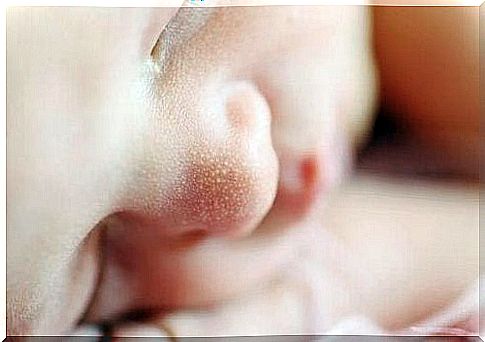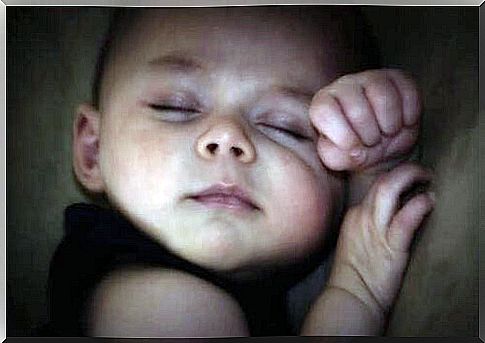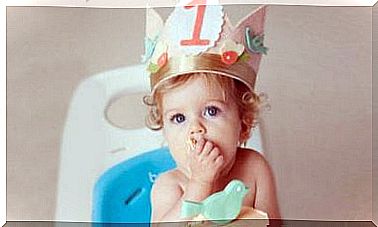7 Signals To Recognize Sleep Disorders In Children – You Are Parents

Fortunately, most of these sleep disorders are treatable. But it is important that parents detect the signals in time so that they can take action.
How long should a child sleep?
The first month
Newborns should sleep between fourteen and seventeen hours a day. They usually stay awake for one to three hours during each nap. At this stage of their development, babies have not yet learned to sleep at night. Sleep schedules may vary.
The first four months
They continue to sleep between fourteen and seventeen hours a day, but they are starting to regulate their sleep cycles. They have a routine, but they often wake up to eat or when they have some other need.
The first year
Sleep cycles begin to shrink and last between fourteen and fifteen hours, divided between day and night. This is the perfect step to help them create good, healthy sleep habits, especially at night.

The first three years
Children this age need twelve to fourteen hours of sleep. It is best if they sleep through the night and take a nap in the morning and then in the afternoon.
Between three and six years
School hours lead to changes in routine. In addition to nighttime rest, many children take a nap during the day. They sleep about eleven to twelve hours a day in total.
Between seven and twelve years old
Children this age can get enough of nine to ten hours of sleep a day. In general, their school hours do not allow them to take a nap during the day.
During teenagehood
After thirteen years of age, and during adolescence, they theoretically need eight to ten hours of sleep to stay fit and healthy. Unfortunately, they often only get six to eight hours of sleep.
Recognize sleep disorders in children
1. Excessive sleepiness during the day. It is a recurring signal in children and adults. We feel constant fatigue and we lack the energy to carry out normal daily tasks. Drowsiness can be a symptom of narcolepsy, sleep apnea, or restless legs syndrome.
2. Difficulty falling asleep. If your child complains that he cannot sleep or that it takes a long time to fall asleep, it could mean that he is suffering from insomnia. This sleep disorder can have different causes, including stress, pain in a part of the body, and situations that generate anxiety.
3. Snoring. In most cases, these are just noises produced by vibrations in the nasal passages, but parents should be careful of them. Indeed, it can also be a symptom of respiratory insufficiency or paralysis. Snoring is even the first warning signal in the event of a sleep disorder.
4. Nightmares. These are images or dreams that terrorize children and make them want to go back to sleep. A child begins to have nightmares from the age of three. This can lead to sleep disturbances.

5. Night terrors. These nocturnal fears do not terrorize children to the point of waking them up. It is for this reason that we make the difference. However, these night terrors do cause physical symptoms, such as sweating, a change in breathing rate, or even screaming. This is a sign that the child is having trouble sleeping.
6. Sleepwalking. This is a problem that usually occurs between three and seven years of age. Children can open their eyes, walk, and stammer incoherent sentences for five to fifteen minutes. If this happens, parents will make sure that the room or house is secure so that he does not hurt himself.
7. Bedwetting. It is the term that refers to the act of wetting the bed. Bedwetting can have physical causes, such as bladder problems, for example. It can also be the consequence of emotional tensions. If your child wets the bed often and sleeps a lot during the day, he may be suffering from sleep apnea.









